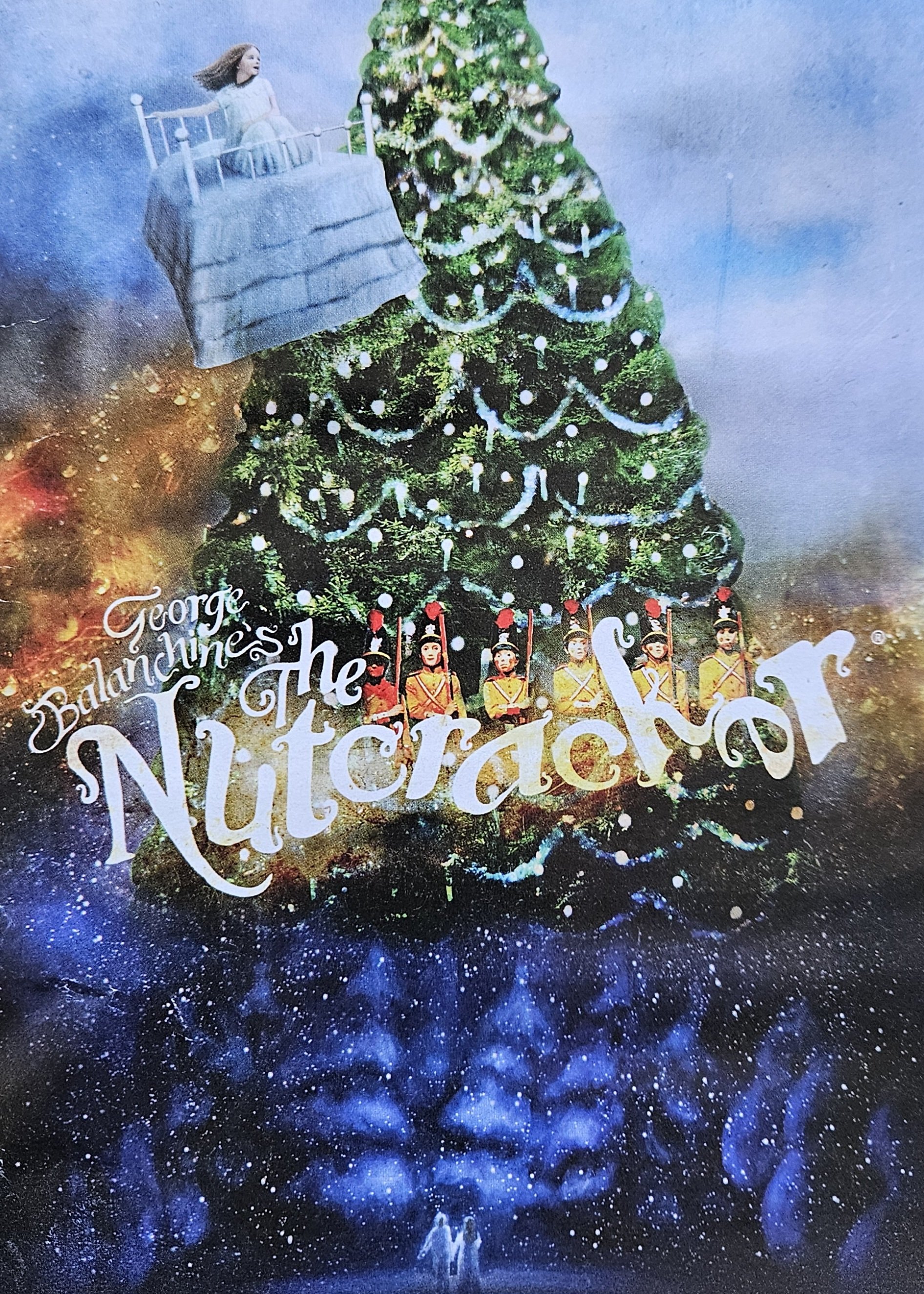The Nutcracker
The Nutcracker
From Sir Peter Wright to George Balanchine
Last night I returned to The Nutcracker for the first time in twenty years. To hear those opening notes as the lights went down took me back to the past, to my own special memories of Christmas as a child. In some ways it was bittersweet – returning to a world that I had loved but was no longer mine. It was reassuring, however, to find so much joy and magic in last night’s performance.
When I was a dancer, I performed in the Royal Ballet’s Sir Peter Wright production of The Nutcracker for three seasons, between the years of 2000 and 2003. I was in every cast, and I was a mouse. I must have performed the role more than ninety times, with the addition of a ‘naughty child’ in one cast. This was a thrilling little role: I ran on in front of the curtain at the very beginning of the ballet and tried to steal a gift from guests travelling in a sleigh to the party. As a mouse in the battle scene, my most exciting moment was rolling a fellow fighter on to a stretcher and carrying them off into the wings before charging back on again with my long tail swinging behind me. Even though those mouse masks were huge, heavy and not exactly easy to see out of, I loved it all.
Once I left the Royal Ballet School, I decided I needed a little break from The Nutcracker. While I adore the music, the choreography, the splendour of the sets and costumes, the stunning snowflake scene after the battle, the angels who seem to hover across the stage, it had become a little too familiar.
Now, however, I am delighted to return to this Christmas tradition. Last night I went to see the New York City Ballet’s The Nutcracker, the famous Balanchine version. In many ways, it is rather different to the Royal Ballet’s production. There is a large cast of children in both acts, rather than the Royal Ballet’s shift to adult dancers in the second act. Marie and the Prince are performed by children, unlike the adult company members who dance Clara and the Prince in the Royal Ballet version. I certainly missed the stunning Act One pas de deux: my favourite moment of the Royal Ballet production.
There are many delightful scenes in Balanchine’s The Nutcracker. I love the snowflake corps de ballet, how fast and frantic it all becomes as the snow falls in heavy flurries, the slight flatness of the Act One set transforming into a magical winter wonderland. Act Two is the highlight, with an adorable collection of angels, candy canes, and Mother Ginger and her Polichinelles. The adult variations of hot chocolate, coffee, tea, marzipan shepherdesses, and flowers are spectacular, and the pas de deux of the Sugarplum fairy and her cavalier is truly magical.
As with many ballets and fairy tales, the original story of The Nutcracker is darker and more complex. Written by E.T.A Hoffmann in 1816, The Nutcracker and the Mouse King features a secondary plot about a Mouse Queen who, in an act of vengeance, transforms a princess into a monstrous mixture of a mouse and a nutcracker doll. Neither the George Balanchine nor the Peter Wright version pay much attention to the darker elements of the story, with both ballets spinning enchanting dreams of dancing dolls, snowflakes, angels, sugarplums, and rose petals. They are ballets about the transformative power of the imagination.
Both ballets are the perfect Christmas tradition. And yet, while I loved New York City Ballet’s The Nutcracker, my heart will always be with the Royal Ballet version and all those memories of my childhood.
For more reading and images on the history of George Balanchine’s The Nutcracker, I recommend the excellent online exhibition at the New York Public Library for the Performing Arts: Online NYPL Exhibition
For a fictional journey into the world of The Nutcracker, take a look at my short story, Sugar Plum. Thank you to Aspects of History for publishing this little tale of magic, war, and ballet during a performance of Casse-Noisette in the 1940s. You can read it here: Sugar Plum




